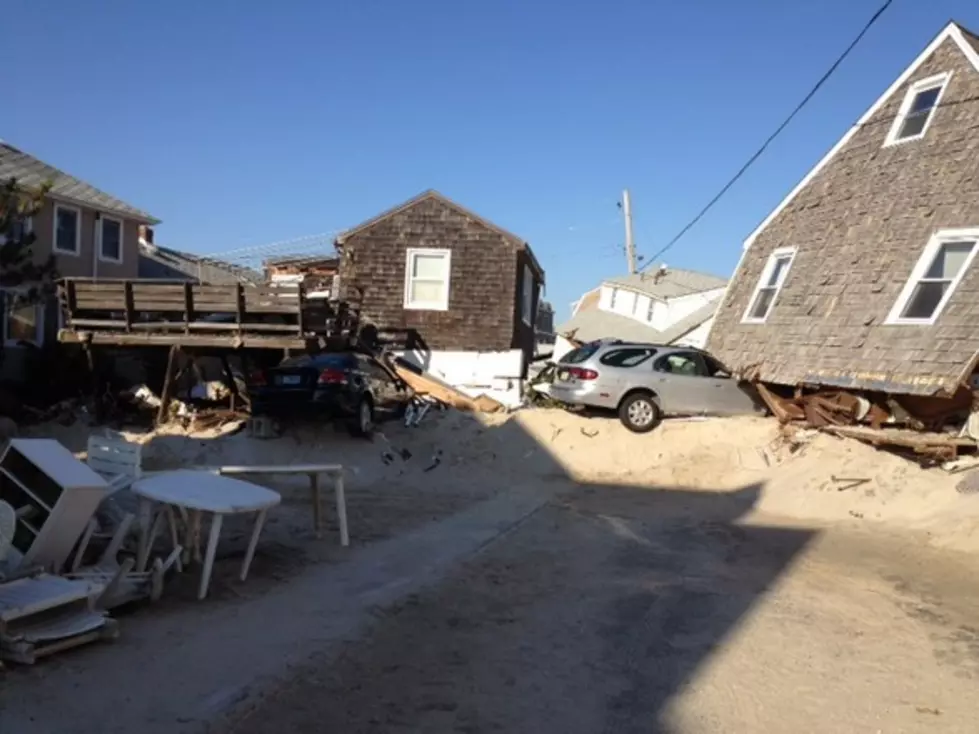
New Jersey’s Sandy Recovery Hinges on Federal Dollars; Report Says
New Jersey has to pull in at least $25 billion in federal funds for recovery and reconstruction from Sandy in order to see a net positive economic impact over the next several years.
That's according to a report released today by Rutgers University's Edward J. Bloustein School of Planning and Public Policy.
"This is just one aspect of looking at the effects of Sandy on the state. It's measured by macroeconomic indicators which include gross domestic product, state tax revenues, output, employment and income," said Joe Seneca, Economist at Rutgers University's Edward J. Bloustein School of Planning and Public Policy. "We used our models to try to estimate both the negative effects created by the storm's damages and the offsetting positive effects to the economy that come from the expenditure of significant amounts of money on repair, rebuilding and restoration."
"What the study shows is that the state will see a negative impact in the immediate aftermath of the storm, or in the fourth quarter of 2012. Then there will be small positive effects over the next several years. When I say positive, I mean above a baseline forecast of no storm. But, this will occur only if the significant amount of restoration expenditures are done. That, of course, is dependent on the federal support," said Seneca. "We need those federal dollars in order to neutralize the effects of the storm and repair the infrastructure, the roads, the private infrastructure, the utility infrastructure and the housing stock. Without that, there will be lingering, negative effects on the state's economy and the economy will be weakened and vulnerable."
"Despite the fact that New Jersey's economy could benefit over the long term, in no way do we mean to imply that the storm was a good thing for the state's economy," said Seneca. "It was deadly, it was dangerous, it was destructive and it created enormous pain and suffering. This is a report on the macroeconomic effects and highlights the importance of the restoration and rebuilding spending becoming real. What's real now is the damages and what's not real yet is the ability to repair and rebuild from those damages and that's a key point."
More From 92.7 WOBM










